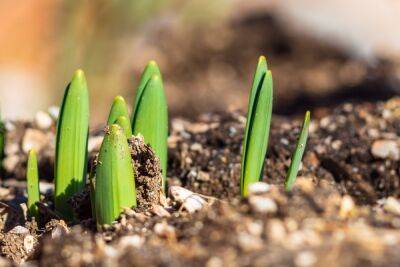Danish farmers turn their backs on mink after Covid mutation cull
Danish mink breeders have turned their backs on the industry en masse after being forced to cull their animals over fears a Covid-19 mutation could pose a risk to human health.
In November 2020, Denmark, at that point the world’s largest mink producer, controversially announced it would cull approximately 15 million animals due to fears a Covid-19 mutation moving from mink to humans could jeopardise future vaccines.
The Danish government temporarily banned mink farming and the breeding of the animals for their fur, later extending the ban until 2023.
Officials have now said just a handful of producers in the country have chosen to resume business if the ban lifts in 2023. Greece, Poland and North America are now expected to increase production to make up the shortfall.
The Danish Veterinary and Food Administration (FVST) told the Guardian only 13 breeders had applied for the compensation that would allow them to potentially continue breeding mink in 2023. Another 1,246 breeders applied for the compensation to end their mink farming.
The FVST said, since the cull, it had found three cases of illegally farmed mink, two in December 2021 and one in February 2022. It added that £2.1bn had been paid out in compensation to the industry after the ban.
Denmark’s State Serum Institute (SSI) confirmed that the mutated virus that sparked the cull, known as Cluster 5, is now considered extinct. It has not been detected since September 2020.
The Danish government is expected to issue a decision later this month on whether mink breeding can safely restart next year. It remains possible that limited breeding may be allowed.
International Fur Federation CEO, Mark Oaten, was upbeat about global mink farming, pointing out that all North American
Read more on theguardian.com

 theguardian.com
theguardian.com




![Is Tezos’ [XTZ] 11% rally a bullish initiation or a one-time wonder - ambcrypto.com](https://finance-news.co/storage/thumbs_400/img/2022/6/6/28554_p774k.jpg)














